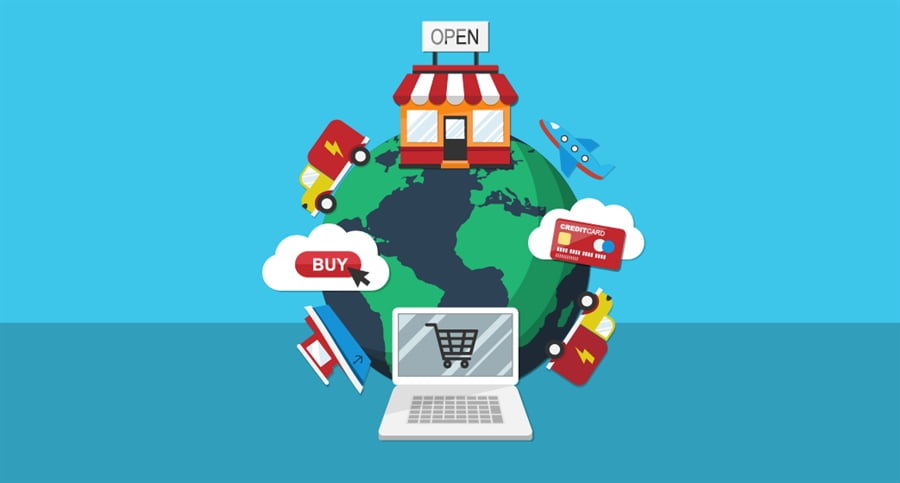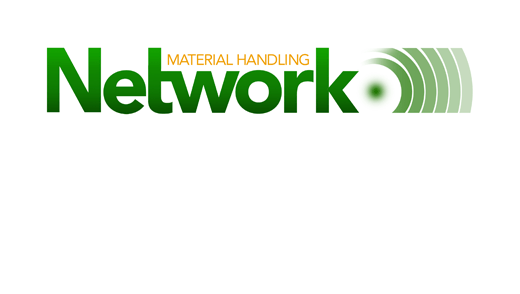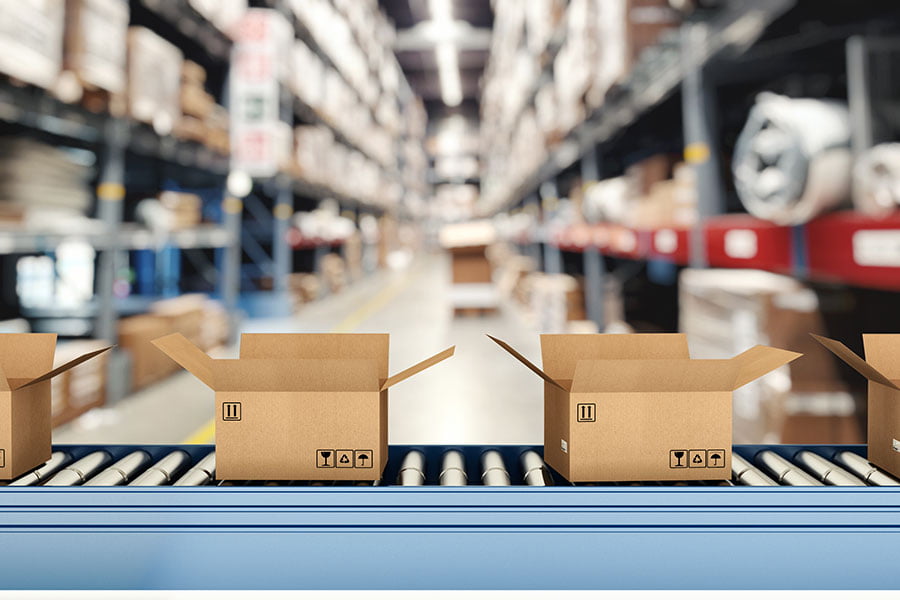Published June 24, 2015
Our thesis is that customers should be making the decision regarding order delivery method, not the shipper. In other words, it is not the delivery method that matters so much as to who it is that selects that delivery method. The supply chain needs to be able to respond to the customer demands of IWI WWIWI OYTMTP (I Want It, When and Where I Want It, Once You Tell Me The Price). The idea of IWI WWIWI OYTMTP was pioneered by Jet.com. Marc Lore, the Founder of Jet.com states, “Jet is really a story on customer empowerment and transparency. The idea is about how do we empower customers by making the underlying economics of a transaction transparent? Supply chain costs like shipping and fulfillment represent a large percentage of a retailer’s costs in e-commerce. To date, those costs just average into all the transactions. The customer can’t benefit from choosing products that have lower supply chain costs. We make the payment costs transparent. When you pay with a MasterCard or Visa or debit card, we make those processing costs transparent to the customer. We make the true cost of a product return transparent to the customer.”
This analysis will determine if increased personalization for a retail customer is associated with greater profit to a clothing retailer. A sample retail clothing company was utilized to generate e-commerce orders and subsequently calculate the revenue and profitability impacts of various order types. Tompkins International analyzed orders for a standard woman’s cotton t-shirt in quantities of one, three, four, six, and eight. This information was generated on a retailer clothing e-commerce website using delivery lead times available through UPS from Riverside, CA to Chicago, IL (i.e. Next Day, Second Day, Third Day, and Ground). The return policy was fixed. Sales revenue for the various buying scenarios were calculated using the selling price of the product(s) as specified on the retailer clothing website plus shipping costs (i.e. UPS tariff discounted at 50%) for the different order weights and lead time options.
Results of the Analysis
Fulfillment Center Model
In the first scenario, a sample retail clothing company was assumed to be shipping e-commerce orders from a fulfillment center in Riverside, CA to Chicago, IL. A standard UPS shipping tariff was assumed and discounted at 50%. Margin per Order increases (on an absolute dollar and percentage basis) with faster shipping speed since shipping charges are a component of revenue. Margin per Order increases on an absolute dollar basis with increased order quantity but decreases on a percentage basis. Shipping charges (a component of revenue) do not increase incrementally with order size resulting in decreased revenue per shirt.
Margin per Shirt increases (on an absolute dollar and percentage basis) with faster shipping speed since shipping charges are a component of revenue. Margin per Shirt decreases (on an absolute dollar and percentage basis) because shipping charges (a component of revenue) do not increase incrementally with order size thereby decreasing the revenue per shirt.
The “Click and Collect” Model
Using the “click and collect” delivery channel, consumers have the option to purchase their merchandise on-line and pre-select the retail store location at which they can pick up the order. While this fulfillment model is more mature in the UK, US retailers have also implemented this fulfillment model with demonstrable success. The “click and collect” fulfillment model does not impose any shipping or pickup charges to the customer. In this scenario, Margin per Order increases with order quantity. Margin per Shirt increases with order quantity, albeit only by a few cents, because the Landed Cost per Shirt (i.e. Order Picking + Order Packaging) decrease with each additional unit due to labor economies of scale.
The hypothesis is that if the fulfillment model is designed to incentivize the customer to walk into the store, the customer will buy more merchandise once there, thereby increasing margin to the retailer. As illustrated below if the retailer is able to increase the amount a customer buys, by 20% the increase in margin per order and margin per shirt makes “click and collect” a viable alternative.
The “Get Local” Model
In this scenario it was assumed that the Retail Clothing Company decided to “Get Local” by fulfilling demand from the retail store nearest to the customer. A flat $10 courier shipping fee was imputed to all order quantities. Although Margin per Shirt decreases incrementally with order size, the Margin per Order and per Shirt economics are more favorable than the “Click and Collect” scenario. The caveat with this model is that the Retail Clothing Company will need to position more inventory to their stores if they intend to fulfill demand from those locations.
The Flat Margin per Shirt Model
In this scenario, Tompkins analyzed the shipping discount required to achieve a flat Margin per Shirt (i.e. incentivizing the customer to buy more product) across all order quantities. Tompkins used the lowest observable Margin per Shirt (on an absolute dollar and percentage basis) which was the eight shirt order scenario shipping via UPS Ground. This order yielded a Margin per Shirt of $12.23
To achieve a flat margin per shirt of $12.23 across all ordering scenarios the Retail Clothing Company would need to increase the UPS Ground shipping discount by approximately 7-8% each time a customer meets a higher order quantity threshold.
Conclusion
Once a company realizes the importance of IWI WWIWI OYTMTP for the customer, the company should design the supply chain to satisfy the omnichanel customer. As a first step, companies should define the fulfillment expectations of their target customers. For example, a middle aged man looking for a button down shirt has different fulfillment expectations than a 10 year old girl looking for a dress. Secondly, companies should build a fulfillment model that allows the customer (not the shipper) to select the delivery method based on velocity and/or cost. Again, the key here is not what decision is made but rather who is making the decision. The supply chain needs to be able to respond to the customer demands of, IWI WWIWI OYTMTP (I Want It, When and Where I Want It, Once You Tell Me The Price).
There are many options including those addressed in this article, to achieve this objective (e.g. the fulfillment center delivery model, “Click and Collect”, “Get Local”, and “Flat Margin”). At the end of the day, when the customer is happy the retailer benefits both in terms of increased customer retention and margin. Therefore, the key to supply chain design is to tell the customer the price of the different options and then let the customer tell you how to make them happy and you more profitable.



